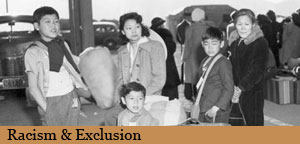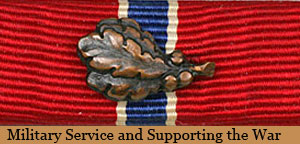Japan’s attack on Pearl Harbor on December 7, 1941, led the United States into World War II. It radically changed the lives of 120,000 men, women, and children of Japanese ancestry living in the United States. The attack intensified racial prejudices. It led to fear of potential sabotage and espionage by Japanese Americans among some in the government, military, news media, and the public.
In February, 1942, President Franklin D. Roosevelt signed Executive Order 9066 authorizing the Secretary of War to establish Military Areas and to remove from those areas anyone who might be a threat to the war effort. Without due process, the government gave everyone of Japanese ancestry living on the West coast only days to decide what to do with their houses, farms, businesses, and other possessions. Most families sold their belongings at a significant loss.
Each family was assigned an identification number and loaded into cars, buses, trucks, and trains, taking only what they could carry. Japanese Americans were transported under military guard to 17 temporary assembly centers located at racetracks, fairgrounds, and similar facilities in Washington, Oregon, California, and Arizona. Then they were moved to one of ten hastily built relocation centers. By November, 1942, the relocation was complete.



